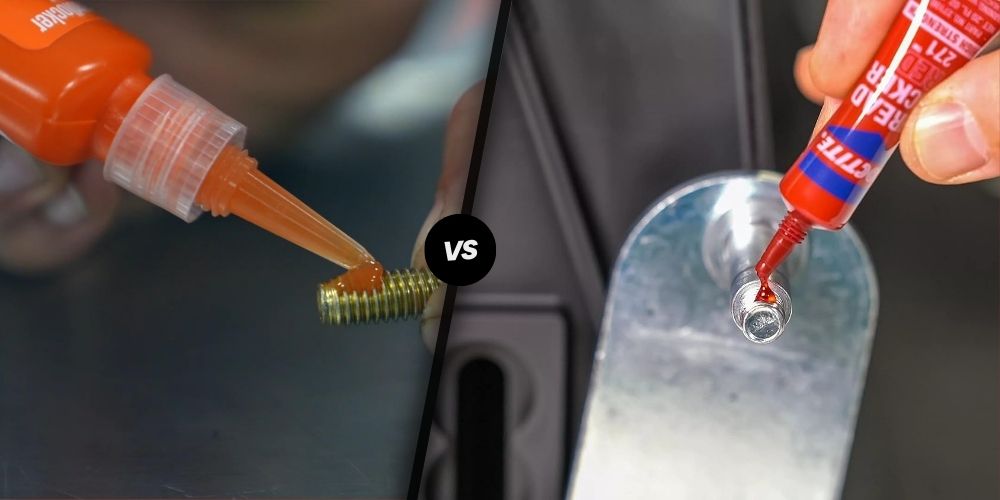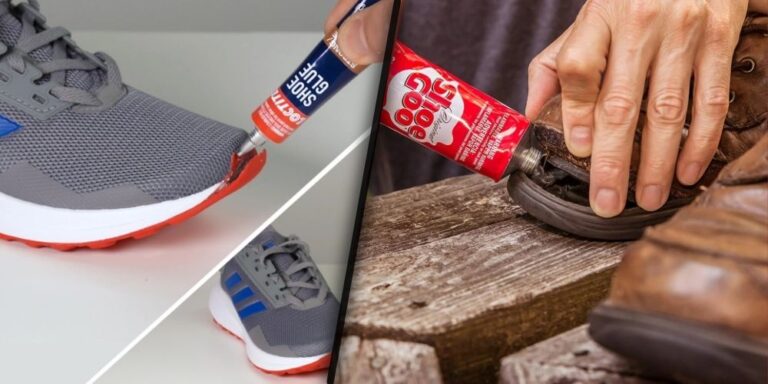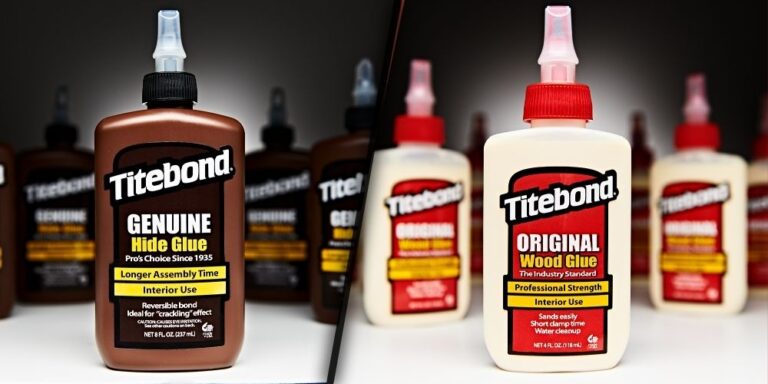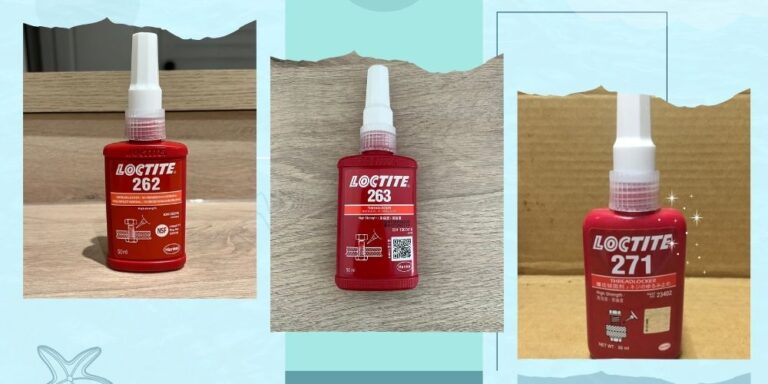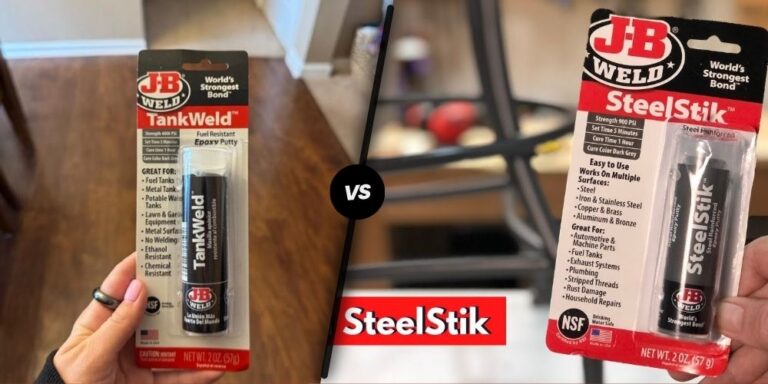Orange Loctite vs Red: Strength Comparison Guide
In the world of adhesives, threadlockers play a critical role in securing fasteners against loosening due to vibration, thermal expansion, and dynamic forces. Among the most popular options in the market are Loctite Red and Loctite Orange threadlockers. Both are designed to provide high-strength bonds, but their features, disassembly requirements, and applications differ significantly. This guide explores these differences in detail to help you make an informed decision.
What Are Threadlockers?
Threadlockers are anaerobic adhesives designed to secure threaded fasteners such as bolts, screws, and nuts. They cure in the absence of air and in the presence of metal to form a strong bond that prevents loosening. Loctite is one of the leading manufacturers of threadlockers, offering various grades categorized by strength and removability.
Overview of Loctite Red Threadlocker
Features of Loctite Red
Loctite Red Threadlocker is a permanent, high-strength adhesive designed for heavy-duty applications. Once fully cured, it creates a strong, permanent seal that can withstand high vibration and extreme conditions. However, it also presents a significant challenge when disassembly is required. Loctite Red often requires heat (around 500°F / 260°C) and tools to remove fasteners bonded with it.
Key Characteristics
- Strength: High (permanent bond)
- Cure Time: Fully cured in 24 hours
- Removal Process: Requires heat and tools
- Applications:
- Automotive suspension systems
- Industrial equipment
- Heavy machinery
- Motors
Advantages of Loctite Red
- Creates a permanent bond to prevent loosening.
- Suitable for critical components subjected to heavy vibration.
Disadvantages of Loctite Red
- Difficult to remove without heat.
- Not ideal for fasteners requiring regular maintenance or adjustments.
Overview of Loctite Orange Threadlocker
Features of Loctite Orange
Loctite Orange Threadlocker is a newer formulation that offers high strength similar to Red but with the advantage of easy removability using standard hand tools. This makes it perfect for applications where strong bonding is required but periodic disassembly is also expected.
Key Characteristics
- Strength: High (comparable to Loctite Red)
- Cure Time: Fully cured in 24 hours
- Removal Process: Removable with hand tools (no heat required)
- Applications:
- Power sports equipment
- Automotive assemblies
- Heavy equipment
- Maintenance machinery
Advantages of Loctite Orange
- Strong bond comparable to Loctite Red.
- Easy disassembly without heat, saving time during maintenance.
Disadvantages of Loctite Orange
- Slightly less durable than Red in extremely high-stress environments.
- May not be ideal for permanent fixes.
Key Differences Between Orange and Red Loctite
Strength and Permanence
Both Red and Orange Loctite offer high-strength bonds. However, Loctite Red is intended for permanent applications where disassembly is not anticipated. Loctite Orange, on the other hand, strikes a balance by allowing removal without compromising strength.
Disassembly Requirements
- Loctite Red requires heat and tools for removal.
- Loctite Orange can be removed using standard hand tools, making it more convenient for maintenance.
Application Scope
- Use Red for critical components where fastener failure would cause severe issues (e.g., suspensions, heavy machinery).
- Use Orange for maintenance-prone equipment where strong but removable bonds are needed (e.g., power tools, vehicle parts).
Technical Comparison Table
The following table highlights the key technical differences between Loctite Red and Loctite Orange threadlockers.
| Feature | Loctite Red | Loctite Orange |
|---|---|---|
| Strength | High (Permanent) | High (Removable) |
| Removal Method | Heat + Hand Tools | Hand Tools Only |
| Cure Time | 24 Hours | 24 Hours |
| Maximum Temperature | 300°F (149°C) operational | 300°F (149°C) operational |
| Vibration Resistance | High | High |
| Ideal Applications | Permanent joints (e.g., motors, industrial equipment) | Maintenance-required parts (e.g., automotive assemblies, sports equipment) |
| Color | Red | Orange |
Applications and Use Cases
To better understand where to use each type of threadlocker, here are some detailed scenarios for both Loctite Red and Loctite Orange:
When to Use Loctite Red
- Heavy Machinery: Permanent fixtures that experience extreme vibration and shock, such as those in manufacturing plants or construction equipment.
- Automotive Suspension: Critical suspension parts where fastener failure could be dangerous.
When to Use Loctite Orange
- Automotive Assemblies: Parts like engine covers, which require occasional disassembly for repairs or upgrades.
- Power Tools: Fasteners on equipment subject to vibration but still requiring periodic maintenance.
Detailed Comparison of Disassembly Process
The table below illustrates the differences in how fasteners secured with Loctite Red and Orange are removed:
| Factor | Loctite Red | Loctite Orange |
|---|---|---|
| Heat Required | Yes (500°F / 260°C) | No |
| Tool Requirement | Heat source + hand tools | Standard hand tools |
| Time to Disassemble | Longer due to heating process | Faster without heat |
| Risk of Fastener Damage | Moderate to high due to heat | Low |
| Maintenance Frequency | Low (permanent fix) | Medium to high (maintenance-prone) |
Pros and Cons Summary
Loctite Red Pros
- Provides a strong, vibration-resistant bond.
- Ideal for critical, permanent applications.
Loctite Red Cons
- Difficult to remove without specialized tools.
- Risk of damaging fasteners during disassembly.
Loctite Orange Pros
- High strength with easy disassembly.
- Suitable for both industrial and automotive applications.
Loctite Orange Cons
- Slightly less durable than Red in extremely high-stress conditions.
How to Apply Threadlocker
For both Red and Orange Loctite, follow these steps for optimal performance:
- Clean the Fastener: Ensure the bolt and nut are free from oil, grease, and debris.
- Apply Threadlocker: Apply a small amount of threadlocker to the threads.
- Assemble and Torque: Tighten the fastener to the recommended torque specifications.
- Allow to Cure: Let the threadlocker cure for 24 hours for maximum strength.
Final Verdict: Which One Should You Use?
Choosing between Loctite Red and Orange depends on your specific needs. If you require a permanent bond with no expectation of disassembly, Loctite Red is the best choice. However, if you anticipate the need for periodic maintenance but still need a high-strength bond, Loctite Orange is the better option.
For general use, Loctite Orange offers a versatile solution that combines strength with convenience, making it suitable for a wide range of applications without the hassle of heating during disassembly.
This comparison should help you select the right threadlocker for your project. Both Loctite Red and Loctite Orange are reliable adhesives that ensure fastener security under demanding conditions.

